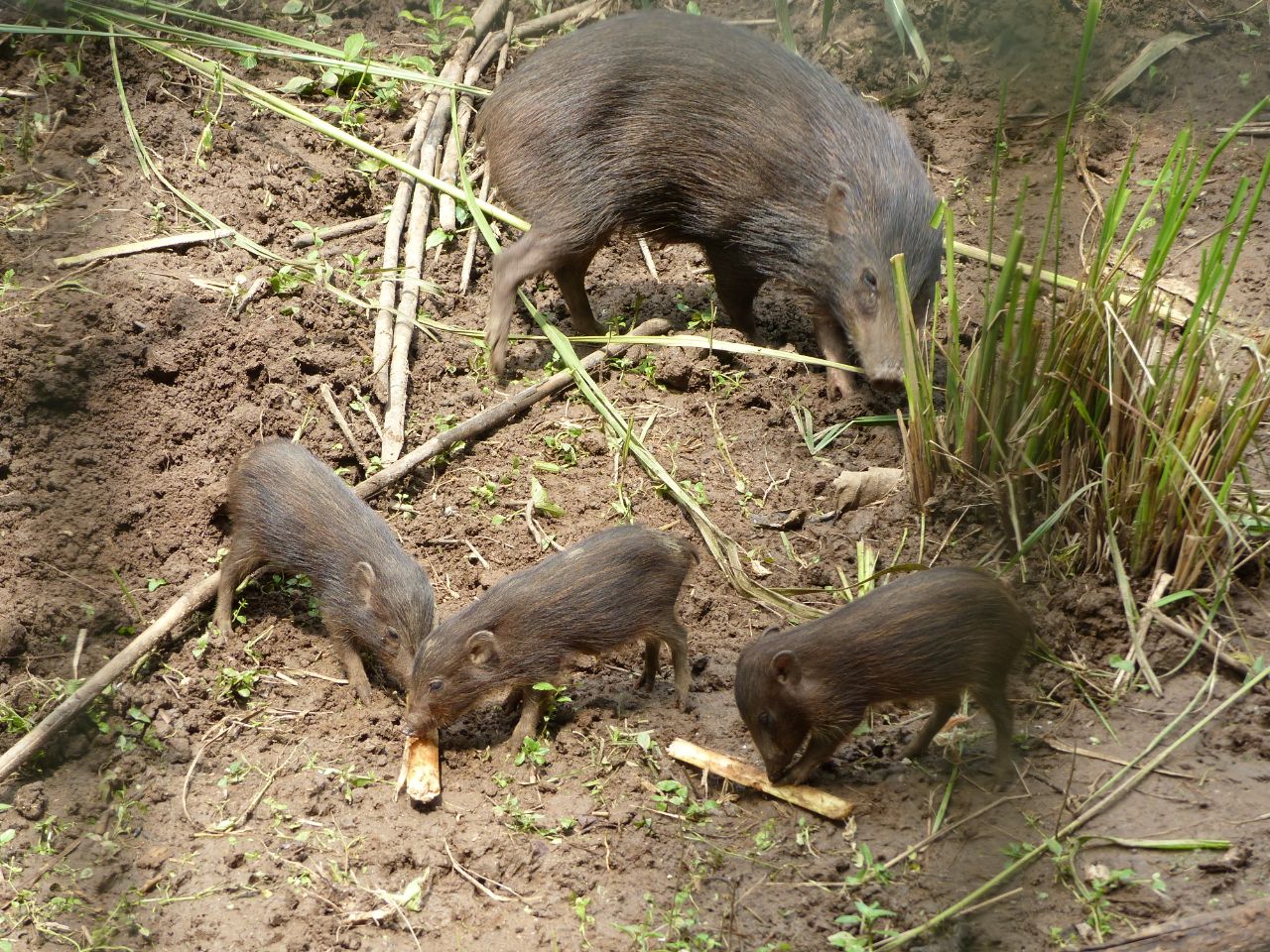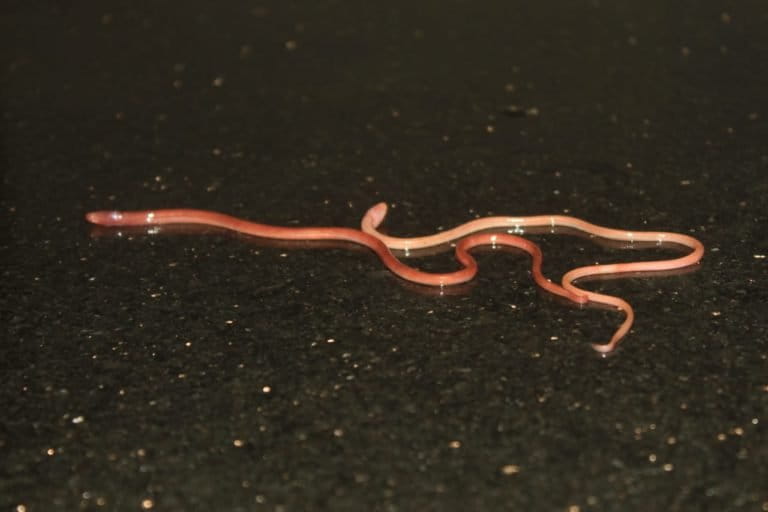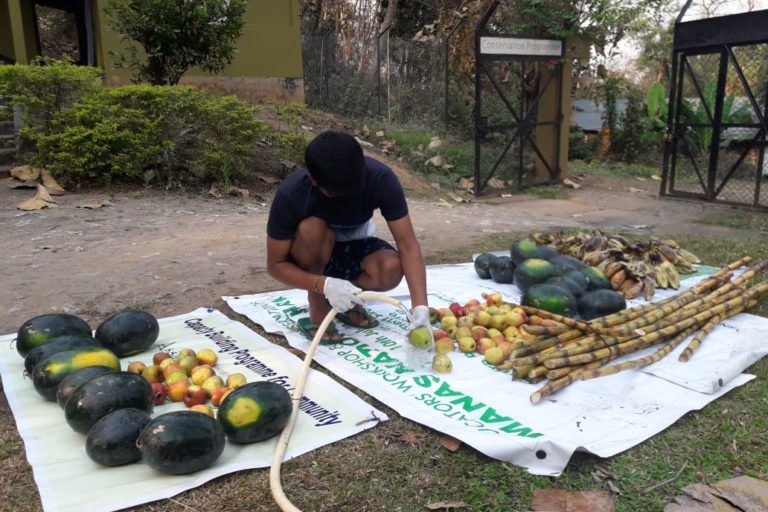- Researchers and students have been busy during the lockdown, despite uncertainties on fieldwork and funding.
- Experts apprehend that the looming global economic recession could potentially reduce funding for research grants and conservation programmes.
- As conservation research is unlikely to be a government priority during the post-pandemic economic recovery, conservation biologists must communicate the many benefits that both this research, and biodiversity itself, provide society.
- Education and research in ecology, conservation and environmental studies may appear more attractive and meaningful to young people who have been alerted to the global environmental crisis by this pandemic and made aware of the links between biodiversity conservation and human well-being.
Conservation biologists are coming to terms with a new normal in the novel coronavirus disease (COVID-19) pandemic with disrupted food supply for animals, postponed fieldwork and training, and the possibility of reduced funding for research grants and conservation programs.
But amid the uncertainties, many continue to observe and monitor wildlife remotely, keep channels of communication with citizen scientists and students open, design online courses and prepare for the arrival of a new generation infusing hope and optimism for species conservation.
As India imposed the novel coronavirus disease (COVID-19) associated lockdown in March 2020, the world’s sole pygmy hog conservation breeding programme, Pygmy Hog Conservation Programme (PHCP), turned to home garden owners in Assam for produce to feed the animals, amid a fraying food supply chain.
The smallest among wild pigs, the shy and secretive pygmy hogs (Porcula salvania) are found nowhere else in India except in Assam.
The team is gearing up for the birth of piglets in mid-May and is taking good care of seven pregnant hogs and providing them extra food. The programme maintains about 72 hogs in captivity – 37 in the pre-release centre near Nameri National Park, 33 in Guwahati centre, two in Guwahati zoo.
Amid strict social distancing, the programme has ensured a steady food supply for the critically endangered species.
“For our Guwahati centre we tied up with the Guwahati zoo as they have a dedicated food supplier. This was possible due to the co-operation of divisional forest officer of the Assam State Zoo. At Nameri, we usually buy fruits and whatever we need from the villages but now they don’t have markets to sell, due to the lockdown, so they are selling their produce grown in home gardens directly to our centre in Nameri,” Parag Deka, project director, PHCP, told Mongabay-India.

Read more: Playing Cupid to conserve the remaining pygmy hogs in Assam
“We have a sharp focus on biosecurity. When an outbreak occurs in animals it is difficult to contain, it is better to keep your animals healthy and build immunity,” noted Deka, adding that stocking food for the hogs is a protocol that the team has adopted from past experiences with undeclared shutdowns.
Acknowledging that funding will be an issue, Deka said they were recently informed by several organisations of continued funding support.
Aquatic conservation biologist Rajeev Raghavan of Kerala University of Fisheries and Ocean Studies agrees with the growing concern worldwide on research funding. Raghavan, whose work encompasses extensive fieldwork also said the timing of the outbreak has hampered specimen collections and sightings particularly with respect to subterranean fish.
“We get a maximum number of sightings of subterranean fish in the four months (February to May) before the monsoon sets in. This is because in summer months, the aquifers have low water levels and wells are drained for cleaning so opportunities of spotting and sampling subterranean fish are more. So we will have a gap in research data for this year,” Raghavan said.
While lab work and fieldwork are completely shut, Raghavan reposes faith in citizen science initiatives in data gathering for subterranean fish species. While serendipity plays a major role in the chance discoveries of subterranean fish species and other fauna, increasing awareness among local communities that these fish exist would also aid scientific investigations into hidden ecosystems.
“We established an initiative in north Kerala and we were going to expand it to other parts of the state when the lockdown was announced. In some pockets, we have a very good network and it has paid off. We have received calls from two people in north Kerala after they spotted fish. We have asked them to maintain the specimens at home until we can access them once the lockdown lifts,” adds Raghavan.

Read more: Gollum surfaces in India: Scientists document the first underground snakehead fish
Meanwhile, researchers, local communities, and forest departments in Manipur and Nagaland are keeping their eyes on the sky for the Amur falcons (Falco amurensis)— a small bird of prey clocking one of the longest migrations among all birds.
They are known to breed in parts of eastern Russia and China and spend their winters in southern Africa making a roundtrip of at least 20,000 km annually. Travelling between their breeding and wintering grounds, they fly non-stop over the Arabian Sea after passing across India. On their southbound migration they are known to arrive in large numbers in Nagaland in October and a few other places in northeast India.
Wildlife Institute of India scientist Suresh Kumar who spearheads the Amur falcon radio tagging and satellite tracking project said the lockdown for humans is no barrier to the raptors who have started arriving in India from Africa after crossing the Arabian Sea.
“We did have to shutdown the fieldwork due to the lockdown but we have been able to monitor and analyse their movements remotely,” Kumar said.
Since 2013, 14 Amur falcons have been satellite tagged, out of which four are currently transmitting data. Of them, the longest tracked Amur falcon is Longleng, named after a Nagaland district and tagged in November 2016, has for the eighth-time since tagging successfully made the nonstop three days flight across the Arabian Sea.
“From the falcons that we have tracked, we have seen that they make landfall in Gujarat, and then go into the Gangetic plains of Uttar Pradesh, head towards the northeast and then off to China. But unlike the others, ‘Longleng’ who we have been tracking since November 2016, invariably goes to Mumbai and then to southern India,” said Suresh Kumar. Kumar is also monitoring how Longleng appears to be responding to the cyclonic systems on its course.

Read more: A Naga village’s journey from hunting ground to safe haven for the Amur falcon
Suresh Kumar and his team are also keenly observing the movements of flamingos in Gujarat through a satellite tracking project that assesses the impact of power lines on avian species in the arid plains of western Gujarat.
“This is the time when flamingos start to form pre-breeding congregations and it is important to identify those sites so as to assess how power-lines in and around that area pose a threat. Flamingos often collide with transmission lines and these pose a risk when the lines pass through close to wetlands that are used extensively by flamingos. Because of the lockdown, this data collection is going to be affected,” Kumar added.
Independent researcher Varad Giri, who studies amphibians and reptiles in India said that acquiring funds for research on amphibians and reptiles is an issue today and will be a major issue going ahead in the post-COVID-19 phase as priorities shift.
“Importance of biodiversity research is clear given the linkages of the pandemic with biodiversity loss and deforestation. This pandemic has also encouraged us to think of our past actions that have given rise to the situation today. If not now, then when (do we respect biodiversity),” asked Giri, who has been working with specimens at home during the lockdown.
“Being an independent researcher, I have specimens at my disposal and I have a microscope so I have been able to continue on with my work while sheltering-in-place. I am trying to come up with courses on amphibians and reptiles,” said Giri, who has also had a chance to enhance his understanding of birds during the lockdown.
In a paper ‘Impacts of the coronavirus pandemic on biodiversity conservation’ published in the journal Biological Conservation, researchers documenting a “snapshot of a quickly evolving situation” worldwide write that university laboratories and other research facilities have shut down, ending many lab-based experiments and halting new research.
Field research has been similarly impacted, with many field sites no longer accessible, because of travel and entry restrictions, and safety concerns, they say.
Gaps in a long-running time series cannot be filled later but may not be serious if observations are restarted soon. A lot of conservation research nowadays involves data collection by citizen scientists.
Most of this will be stopped for now, but it is important that conservation researchers keep in touch with citizen participants and, where possible, provide alternative activities. For example, backyard bird counts and web-based projects may receive increased attention, the authors note.
The authors highlight that looming global economic recession will reduce funds available to national governments and conservation foundations, and potentially reduce funding for research grants and conservation programs. Projects funded by the Inter-American development bank (IDB) and the Global Environment Facility (GEF), for example, are now requesting a formal risk analysis related to the pandemic to assess whether and by how much the projects they fund will be impacted by the virus, they say.
Conservation research is “unlikely to be a government priority during the post-pandemic economic recovery, and conservation biologists must communicate the many benefits that both this research, and biodiversity itself, provide society.”
Missed research means missed opportunities to identify conservation priorities, monitor the health of endangered species and ecosystems, and provide practical solutions for the protection and sustainable use of resources on which human well-being depends.

Research has been disrupted, but only time will tell if this will have long-term consequences, the paper underscores.
While delays in training and career development, in combination with the economic and psychological impacts of the COVID-19 pandemic, may cause some people to leave the field of conservation biology and pursue other careers that offer more stability or better pay, more optimistically, education and research in ecology, conservation, and environmental studies may appear more attractive and meaningful to young people who have been alerted to the global environmental crisis by this pandemic and made aware of the links between biodiversity conservation and human well-being.
Acknowledging that society’s priorities must be human health and the containment of the pandemic, the authors flag concerns for the training and careers of young conservation scientists.
“… but the lasting effects of the pandemic on these will depend, in part, on how we and our institutions respond to these concerns. Finally, although we focus here on conservation, this is first and foremost a human tragedy, disrupting lives and killing far too many people. Society’s priorities must be human health and the containment of the pandemic, but we also need to be thinking ahead to the resumption of conservation practice and education. There is an opportunity here to remind people of the links between healthy, resilient ecosystems and human well-being,” the paper adds.
Banner image: A pygmy hog at a conservation breeding centre in Assam. Photo by Pat Kucza.
